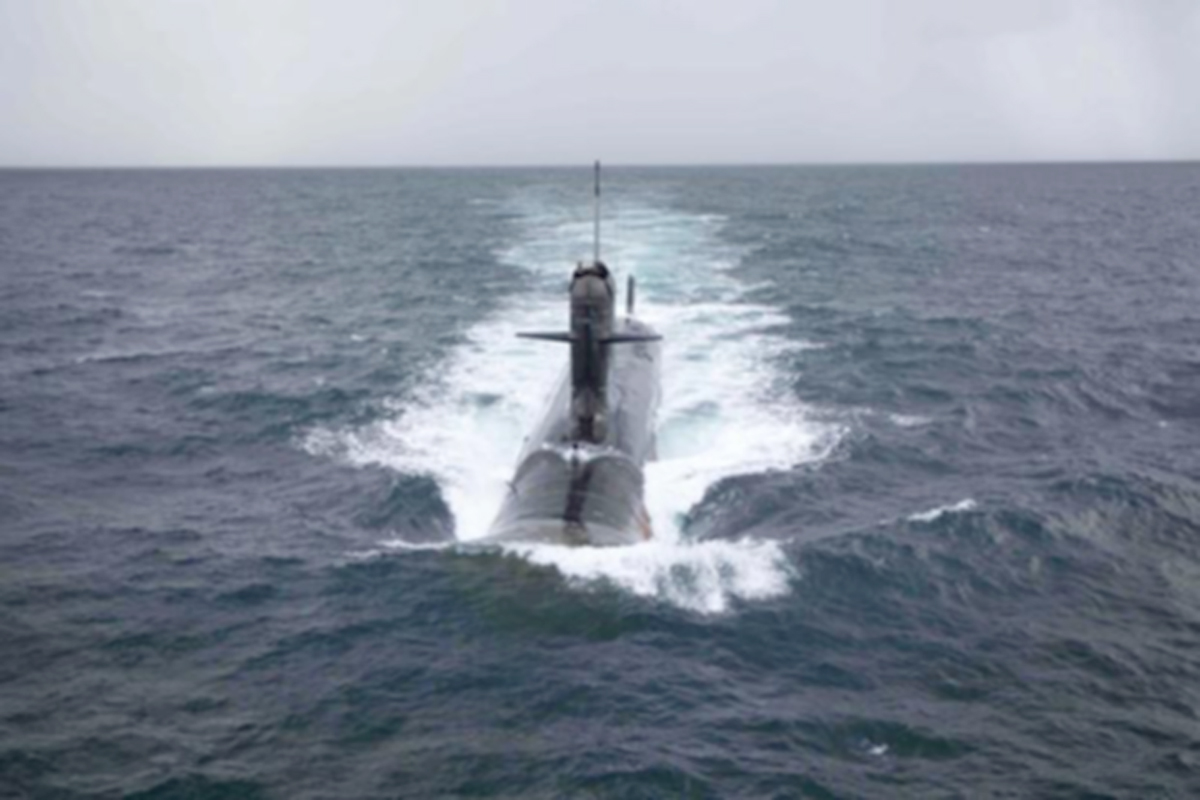Islam and the Indian Ocean
By Arshad Rahim
Islam spread to the east and west with amazing speed following its advent in the Arabian Peninsula in early seventh century. Its influence since then on international politics and culture has been profound, widespread and lasting. The westward thrust of Islam along and across the Mediterranean challenged the Roman Empire and dislodged it from its capital Constantinople in 1453.
More important, however, than the conflicts and conquests that ensued was the transfer of Islamic ideas and knowledge to Europe which rescued it from centuries long dark ages and laid the foundation of the development and prosperity of the present day Western World.
Our focus presently is on the eastern drive of Islam and its consequences on the Indian Ocean region. Fanning out to the east and south from its center in Mecca the message of Islam in course of time reached each and every country located on the Indian Ocean rim. The immense impact of Islam on the region can be gauged from the preponderance of Muslim population on the rim and its hinterland that in all probability exceeds the Muslim population of the rest of the world.
The key role in the spread of Islam in the region was played by Arab seafarers, traders and settlers on the rim. Arab coastal trade in the Persian Gulf and Arabian Sea dates as far back as several centuries BC. After the advent of Islam it increased extensively.
With the conquest of Spain in 711 AD and Sind in 712 AD Arabs acquired control over the east-west sea trade route which they exercised through bases and settlements at key points along the rim this resulted in Arab domination of the entire east-west trade as the control over the land route was already with them.
It was precisely to break the Arab monopoly of this trade that the Iberian adventurers began to look for another route to the east from Europe. Their efforts culminated in the two great voyages of discovery: the one to west resulted in the discovery of two great continents; the other to the east ushered in the colonial era which changed the political fate of virtually every country on the Indian Ocean rim.
The Indian ocean in the Colonial Era
The first to arrive on the scene following the discovery of the route around the Cape of Good Hope were the Portuguese. They followed the same strategy as Arabs of establishing bases and settlements along the Asian rim from Hormuz to Malacca straits with their capital at Goa on the west coast of India.
It appears that the Arabs were not well prepared to deal with the Portuguese onslaught. There is no evidence of the establishment of shipyards or the formation of a proper fleet as the Arabs had done in their western thrust towards the Mediterranean. In the Indian Ocean they put up a valiant fight with the help of Ottomans and Egyptians but failed to repulse the Portuguese attack.
The colonial era was initially characterized by rivalry among the Portuguese, Dutch and the English trading companies for monopoly over eastern spice trade. In the process, however, all of them acquired bases and established small colonies along the rim for the logistic support of their ships.
But with the Arabs gone and the Moghuls offering no resistance at sea their growing rivalry turned into a race for colonies which peaked with their rush to grab the spoils of the unraveling Ottoman Empire after the defeat of Germany and Turkey in the First World War. The English eventually emerged victorious not only in the Indian Ocean region but also elsewhere in the world presiding over an empire on which the sun never set.
Cold War and Post-Cold War Era: From Geopolitics to Geo-Economics
The Second World War signaled the end of classical colonial era. What followed was nearly half a century long period characterized by crumbling empires and emerging regional states under the shadow of cold war confrontation between the two super powers of that era. The stunning collapse of Soviet Union in 1991 and its dissolution into its component states spelled the end of cold war and ushered in the post-cold war era.
What actually materialized after the end of cold war was neither ‘The clash of Civilization’ nor ‘The End of History’ forecast by Samuel p. Huntington and Francis Fujiyama respectively, but a shift of emphasis from geopolitics to geo-economics. It is not that domination is no longer the goal of international politics, only its mode has changed. While China has moved on to the Twenty-First century, India is still stuck with the Nineteenth century colonial model dragging the subcontinent also with it into the quagmire.
Incidentally, in the current crisis created by Indian unilateral steps in Kashmir the stances of most countries including those of United States and Russia are primarily based on the nature and extent of their economic interests in India.
With the Chinese announcement of the Belt and Road initiative in 2013 we stand at the threshold of yet another phase of the Indian Ocean region, very different from the previous ones in which, for the first time, China is poised to play the primary role in the development and prosperity of the region
The writer is a retired Commodore of Pakistan Navy.


